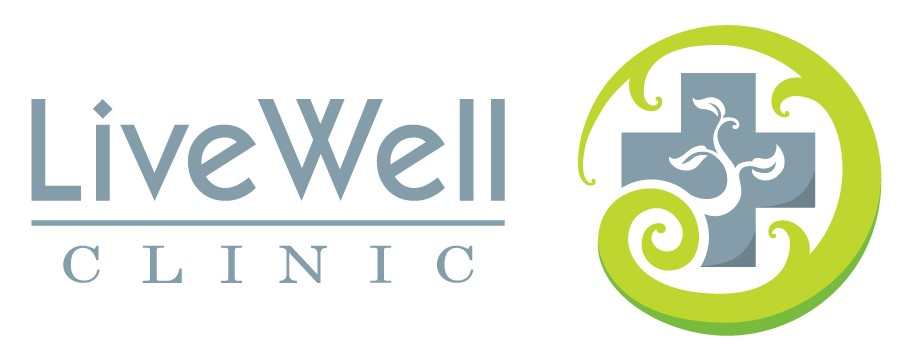Tips For Selecting A Sunscreen That is Right For You
Rarely was there a summer day growing up when I would leave the house without putting on sunscreen. We have been appropriately scared by the risk of developing skin cancer that not putting sunscreen on is now as outrageous as littering. Skin cancer is the most common form of all cancers in the US after all. Are all of the sunscreens healthy for us? The following are a few tips for understanding sunscreen and how to find one that works for you:
1) Nutrition. One can actually improve their skin’s resistance to the UV radiation inherent to sun exposure by eating more nutritiously. Eating more gelatin, antioxidant rich foods, and foods higher in Omega-3 essential fatty acids in place of foods high in Omega-6s and alcohol may help tip the scales in your favor
2) Re-Apply. SPF is relative to each individual and stands for “sun protection factor” and refers to the theoretical amount of time one can stay in direct sunlight without getting burned. For example, an SPF of 15 means you could stay in the sun 15 times longer than without any protection before getting burned. Over time, sunscreen dissipates and ceases to provide protection. This occurs as it absorbs UV radiation and converts it to heat. As such, re-applying sunscreen is paramount.
3) Ingredients such as zinc and titanium dioxide are minerals that work to block, or reflect, sun like a layer of armor rather than absorb and then convert UV radiation to heat in the way most sunscreens do. As such they are great alternatives to common questionable sunscreen ingredients – chemicals like retinyl palmitate, which may accelerate lesion and tumor formation, and oxybenzone, a synthetic estrogen that may disrupt hormones and trigger allergic reactions.
4) How to Shop. Over the past several years the Environmental Working Group (EWG) has developed a comprehensive resource to educate families on sun safety and skin health. Their website offers a wealth of information and has even rated about 700 SPF rated products. The EWG even offers a free app for your smart phone that you can use while shopping by scanning the bar code a potential purchase.
5) DIY sunscreens such as (http://www.mindbodygreen.com/0-13899/diy-best-nontoxic-sunscreeen-ever.html) and (http://mountainroseblog.com/diy-herbal-sunscreen-recipe/)
6) Get annual checkups. Even children develop moles that need medical attention. The best medicine is prevention and part of that is regular evaluation of new moles. If you see something suspicious, don’t hesitate to contact your physician for a consultation.
The CDC recommends many common sense practices such as wear a hat and protective clothing, stay in the shade, and avoid peak daytime hours of hazardous UV radiation exposure, but they also recommend wearing sunscreen with an SPF of at least 15 and to be sure it provides both UVA and UVB protection. If you are uncertain or have further questions about finding a sunscreen that’s right for you, then don’t hesitate to consult with your family practice physician or dermatologist.
References:
http://sustainablebalance.ca/sunburn-resistance-through-diet/
http://www.ewg.org/2014sunscreen/
http://www.rodalenews.com/safer-sunscreen#.U4P2m-zV9hQ.twitter
http://www.huffingtonpost.com/2014/07/07/spray-sunscreen-safety-kids_n_5564533.html
http://www.livestrong.com/article/289935-titanium-dioxide-vs-zinc-oxide-in-sunscreen/
http://www.ewg.org/2014sunscreen/nanoparticles-in-sunscreen/
Content provided by the doctors and practitioners at Live Well Clinic in La Quinta. If you would like more information or have any health related question, please call 760-771-5970, email info@livewellclinic.org or visit www.livewellclinic.org
